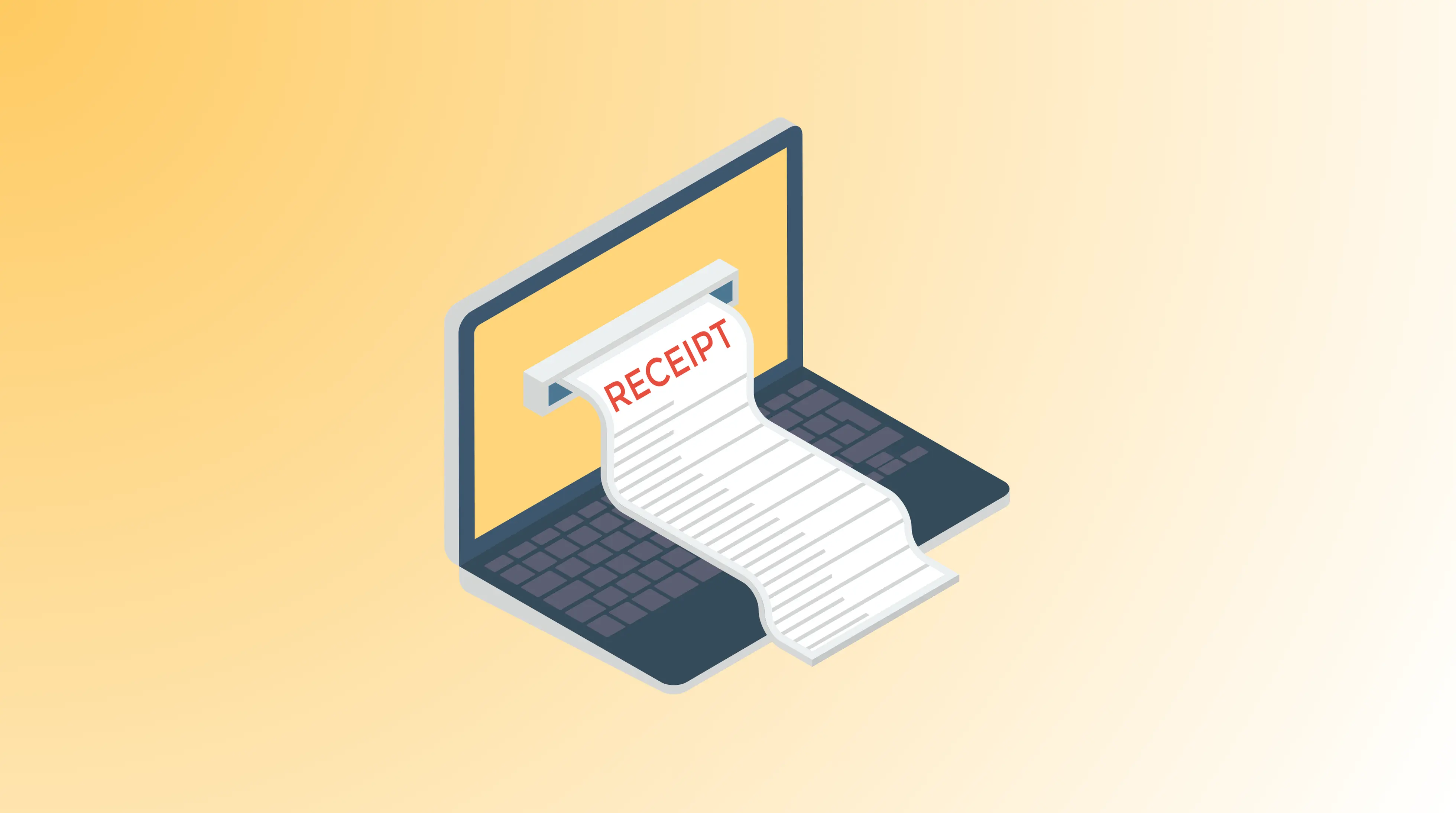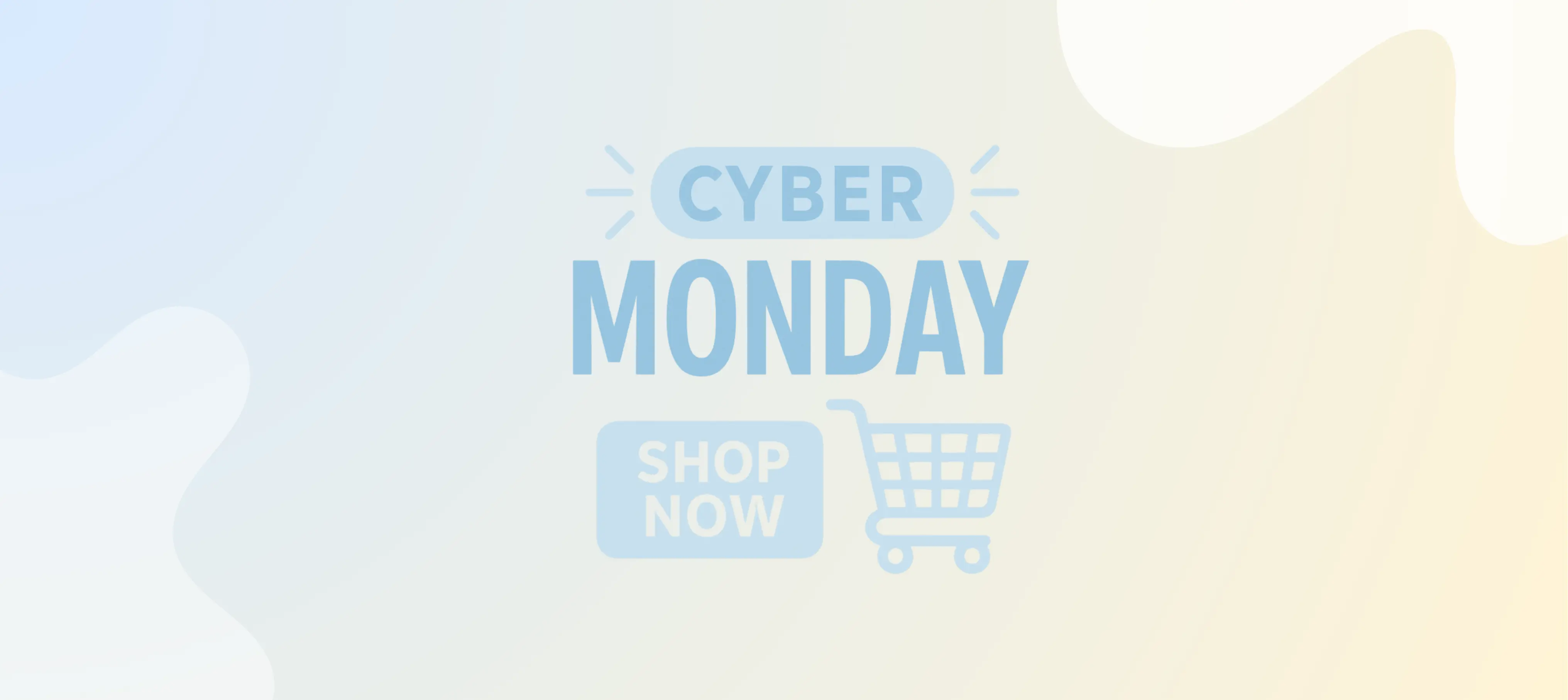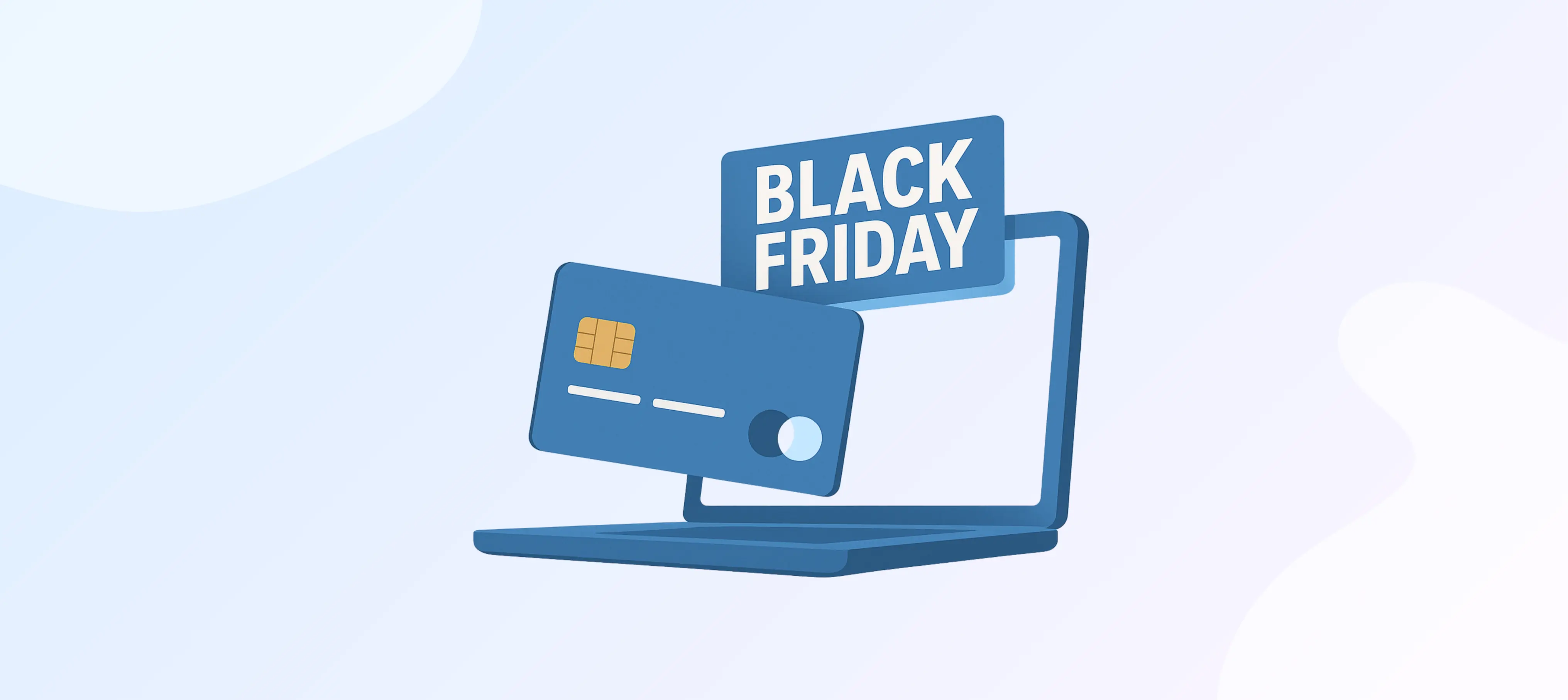The world of historical payment methods stretches from barter to today’s digital transactions. Along the way, people used creative and sometimes bizarre things as money. Below are ten of the most fascinating, with quick data points and credible sources. For modern context, see how TCB Pay supports secure payment processing, mobile payments, and fraud prevention today.
1. Salt: The First “Salary”
Salt was vital for preservation and trade. The English word salary comes from Latin salarium, reflecting salt’s value in Roman pay structures. While soldiers were not literally paid in salt, the term shows salt’s role in early remuneration. Keyword focus: commodity money, ancient economies.
2. Cowrie Shells: Early Global Money
Cowrie shells circulated across Africa, Asia, and the Pacific for centuries due to durability and portability. National Geographic notes their widespread use as early money in China, and museums document their role across trade networks. Keyword focus: shell money, early currency.
3. Livestock: When Cows Were Cash
Before coins, livestock like cows, goats, and sheep acted as stores of value and media of exchange. In some regions, animals remain part of ceremonial exchange. Keyword focus: store of value, pre-monetary exchange.
4. Stones on Yap: Rai Money
On Yap (Micronesia), people used huge limestone discs called Rai stones. Some exceed 3.6 m in diameter and weigh several tons. Ownership transferred by social agreement rather than moving the stone, highlighting that trust underpins money. Keyword focus: social consensus, fiat-like trust.
5. Vodka: Russia’s Liquid Currency
During economic crises, vodka functioned as a medium of exchange and in-kind payment. Reports from the 1990s describe public employees receiving vodka as pay, showing how valued goods can become commodity money when cash falters.
6. Tea Bricks: Brewable Money
Compressed tea bricks circulated in parts of China, Mongolia, Tibet, and Siberia into the early 20th century. Many bricks were scored so pieces could be broken off for “change”. Keyword focus: commodity currency, frontier trade.
7. Human Skulls: Macabre Money in Fiji
In certain historical contexts in Fiji, human skulls after warfare carried exchange and status value. Though grim, it illustrates that “money” is culturally defined. Keyword focus: ritual exchange, anthropology of money.
8. Cigarettes: The Currency of War
In WWII POW camps, cigarettes quickly became a unit of account, store of value, and medium of exchange. Economists still teach this example to show how markets emerge under scarcity.
9. Buttons: POW Camp Micro-Money
Where cigarettes were scarce, prisoners reportedly used buttons for small trades. The principle is the same: any widely accepted token can clear transactions when formal money is absent.
10. Parmigiano-Reggiano: Bankable Cheese
Since the 1950s, Italy’s Credito Emiliano has accepted wheels of Parmigiano-Reggiano as loan collateral, reportedly advancing up to ~80% of market value, with aging wheels stored in secure vaults. It is a modern example of trusted commodities supporting credit.
From Quirky Money To Modern Payments
The common thread is trust. Whether shells or stone discs, people coordinated around reliable, recognized value. Today, trust is delivered through secure gateways, tokenization, and real-time fraud controls. If you are upgrading your stack, explore:
- TCB Pay Issuing for virtual cards and controlled spend
- TCB Pay reimbursements for faster payouts
- Payment processing with mobile wallets, QR payments, and chargeback tools



 Back to all articles
Back to all articles




 Free Demo with Chris
Free Demo with Chris

